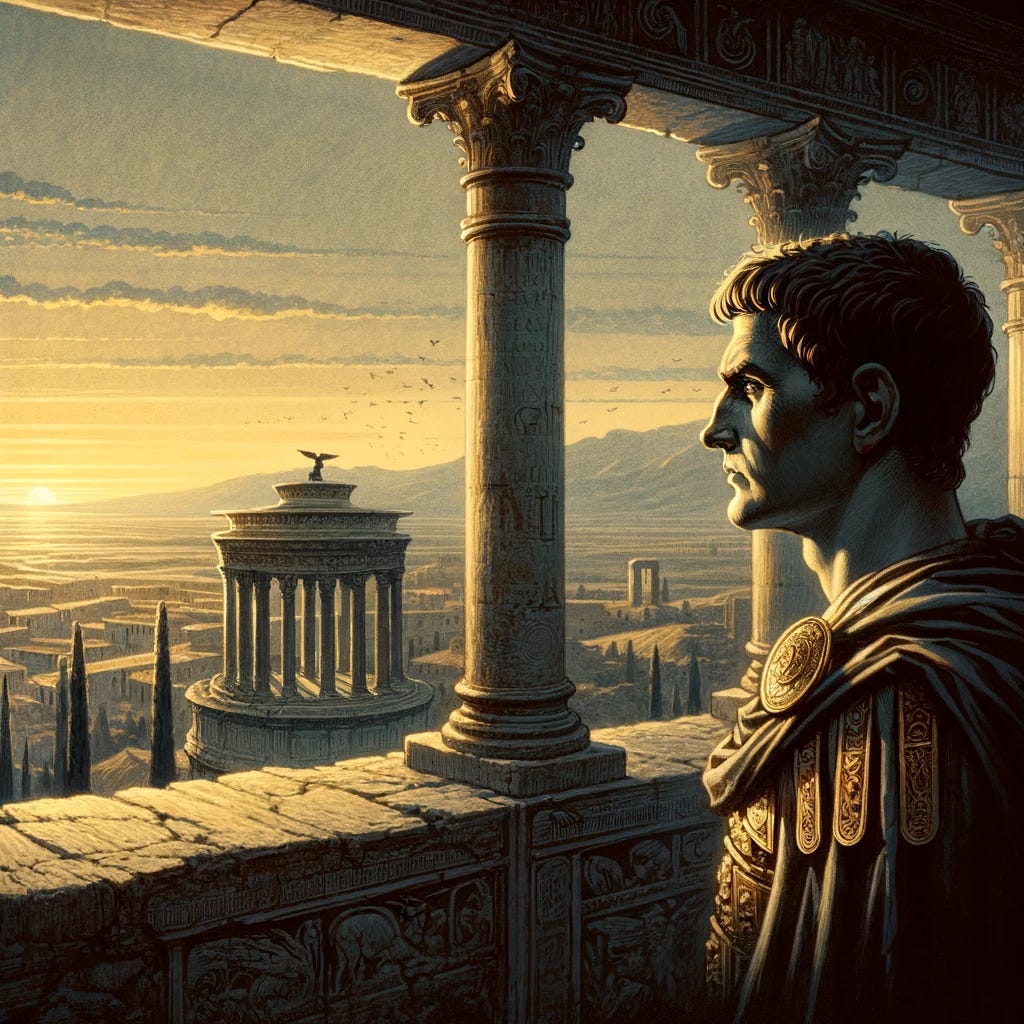From Constantine to Constantine
Rome was very much the center of the Roman Empire. The city had mythical and deeply sincere religious importance for many who lived there, all the way back to the origin story of how Rome was founded.
Unfortunately, Rome had a hard time keeping its borders secure at the turn of the 4th century CE. Barbarian invaders, especially Germanic tribes like the Franks, Saxons, Vandals, and Goths, were pretty much constantly attacking at the Roman Empire, constantly invading and plundering hundreds of years.
By contrast, when the new Emperor Constantine looked to the east, he saw relative calm, prosperity, and—most importantly—security. Not only was the east thriving economically, but trade with east Asia (China for silk, India for spices) made the region well traveled and safe for business.
Constantine decided something incredible: Rome would no longer be the center of… Rome. It was almost unthinkable that another city would be the capitol, but that’s exactly what Constantine did.
But where to…
Keep reading with a 7-day free trial
Subscribe to Goatfury Writes to keep reading this post and get 7 days of free access to the full post archives.


